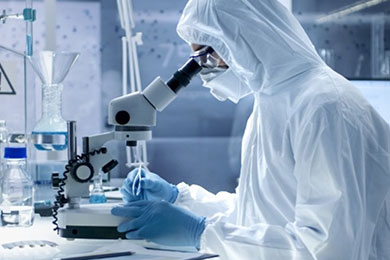
Search

Search

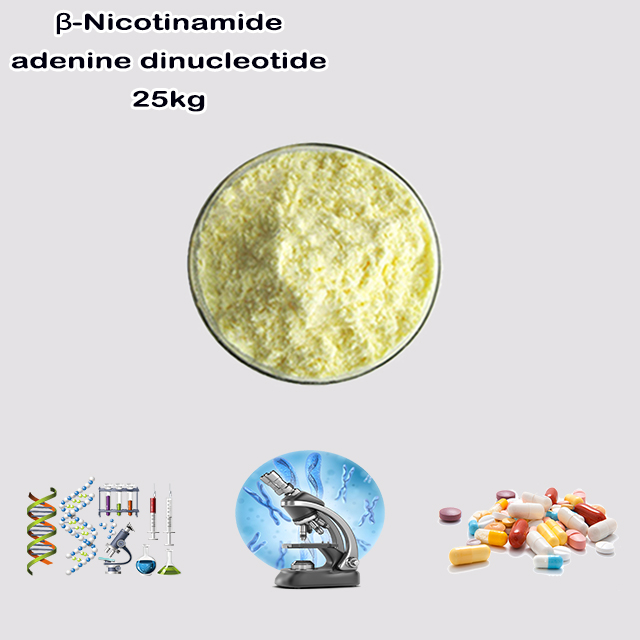
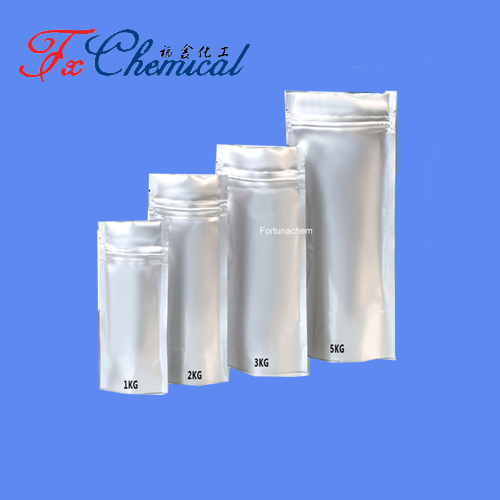
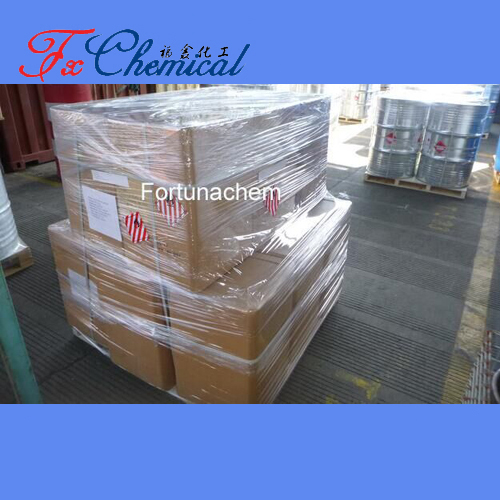
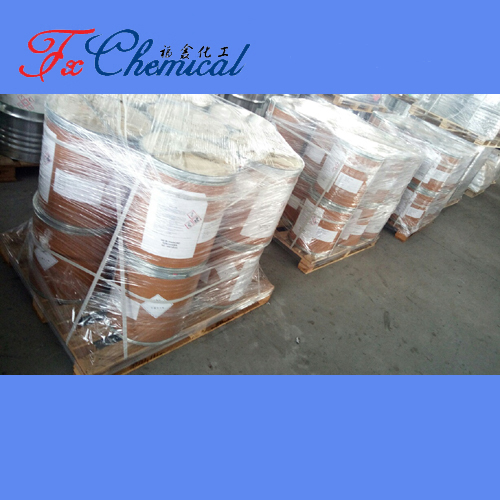
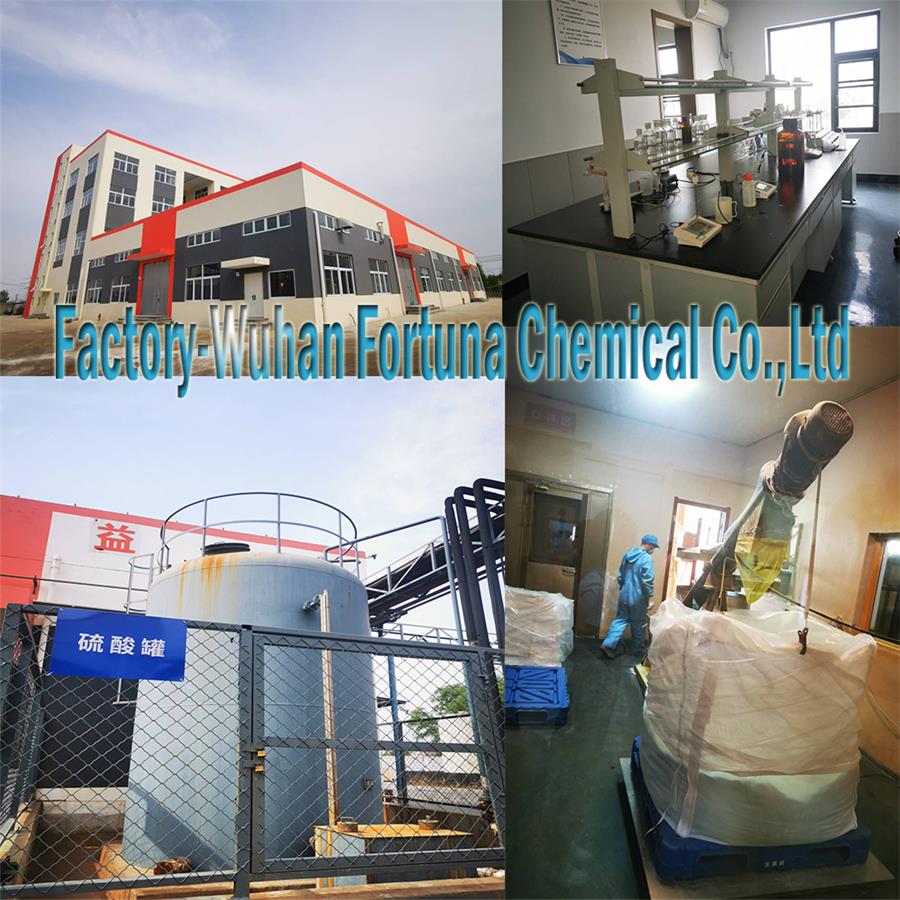





Nicotinamide adenine dinucleotide (NAD) is used in the treatment of coronary heart disease, myocarditis, and leukopenia.
Nicotinamide adenine dinucleotide (NAD) participates in various physiological activities such as cell material metabolism, energy synthesis, and cellular DNA repair, and plays an important role in the body's immunity. In a healthy state, the concentration of nicotinamide adenine dinucleotide (NAD) in the human body is stable and maintains the normal function of various cells. The concentration of nicotinamide adenine dinucleotide (NAD) in the body determines the process and degree of cell aging, and the decrease in concentration will accelerate the process of cell aging.
| Items | Specifications | Results |
| Appearance | White to yellowish powder | Conforms |
| Purity (HPLC) | ≥98.0% | 99.0% |
| Assay of β-NAD (enzym) Calculated on dried basis | ≥97.0% | 97.5% |
| Sodium content (IC) | ≤1% | 0.02% |
| Water content (KF) | ≤5% | 4.1% |
| Product parameters | |
| Cas number: | 53-84-9 |
| Appearance: | White to yellowish powder |
| Purity: | Biocatalysis Grade 95%; Diagnostics Grade 98% |
| Package details: | 100g/bottle; 1kg/foil bag |
| Brand: | Fortunachem |
β-Nicotinamide adenine dinucleotide (NAD⁺) is one of the most crucial and abundant molecules in all living cells, second only to water. It is a coenzyme, meaning it is a vital "helper" molecule that binds to enzymes to catalyze (accelerate) essential biochemical reactions. Its structure consists of two nucleotides joined together: one with an adenine base and the other with a nicotinamide base.
The "β" in its name refers to the specific three-dimensional configuration of the chemical bond connecting the nicotinamide moiety to the rest of the molecule, which is the biologically active form.
NAD⁺ exists in two interchangeable forms, which is the core of its function:
NAD⁺ (Oxidized Form): This is the form that acts as an electron acceptor.
NADH (Reduced Form): This is the form that acts as an electron donor.
This ability to shuttle high-energy electrons is fundamental to life.
1. Energy Metabolism (Its Most Famous Role):
NAD⁺ is indispensable for converting the energy from the food we eat (carbohydrates, fats, proteins) into adenosine triphosphate (ATP), the universal energy currency of the cell. This process occurs through two key pathways:
Glycolysis: In the cell's cytoplasm, NAD⁺ accepts electrons to become NADH during the breakdown of glucose.
The Krebs Cycle (Citric Acid Cycle) and Oxidative Phosphorylation: In the mitochondria (the cell's powerhouse), the NADH produced donates its electrons to the electron transport chain. This donation powers a process that generates a large amount of ATP. The now-empty NAD⁺ is then recycled to be used again.
2. Cell Signaling and Regulation:
Beyond energy production, NAD⁺ serves as a critical substrate for several classes of enzymes that regulate key cellular processes:
Sirtuins: These are a class of proteins (deacetylases) that depend on NAD⁺ to function. Sirtuins play a central role in cellular health, aging, and longevity. They help regulate DNA repair, control inflammation, maintain genome stability, and manage stress responses. Their activity is directly linked to NAD⁺ availability.
PARPs (Poly (ADP-ribose) polymerases): These enzymes use NAD⁺ to facilitate DNA repair. When DNA is damaged, PARPs are highly activated, consuming large amounts of NAD⁺ to help fix the genetic code.
A significant discovery is that NAD⁺ levels steadily decline with age in various tissues throughout the body. This decline is thought to contribute to the aging process and the development of age-related diseases (e.g., metabolic disorders, neurodegenerative diseases like Alzheimer's, and declining mitochondrial function).
The reasons for this decline include reduced production, increased consumption by enzymes like PARPs (due to increased DNA damage with age), and other age-related cellular changes.
This has made NAD⁺ a major target in anti-aging and longevity research. Strategies to boost NAD⁺ levels—such as supplementing with precursors like Nicotinamide Riboside (NR) and Nicotinamide Mononucleotide (NMN)—are being actively studied to see if they can combat age-related decline and improve metabolic health.
In summary, NAD⁺ is far more than just a energy-transfer molecule; it is a fundamental regulator of cellular metabolism, health, and resilience, making its maintenance critical for overall physiological function.
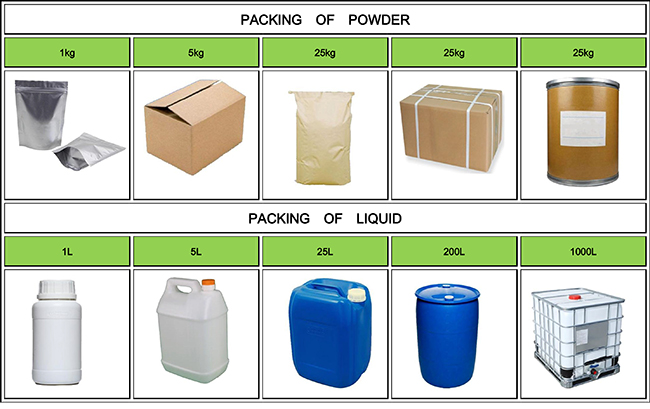
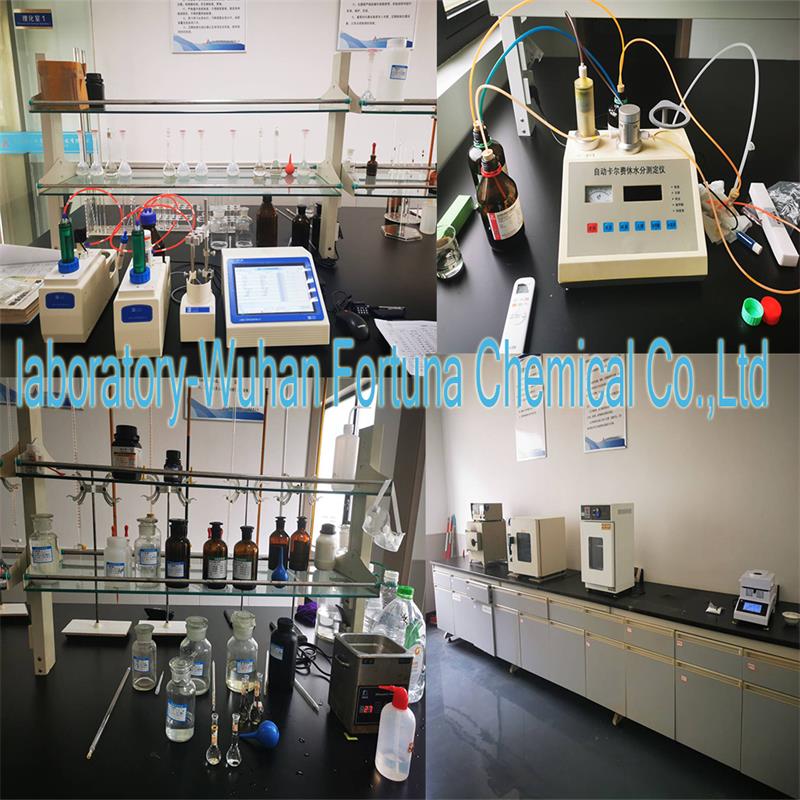
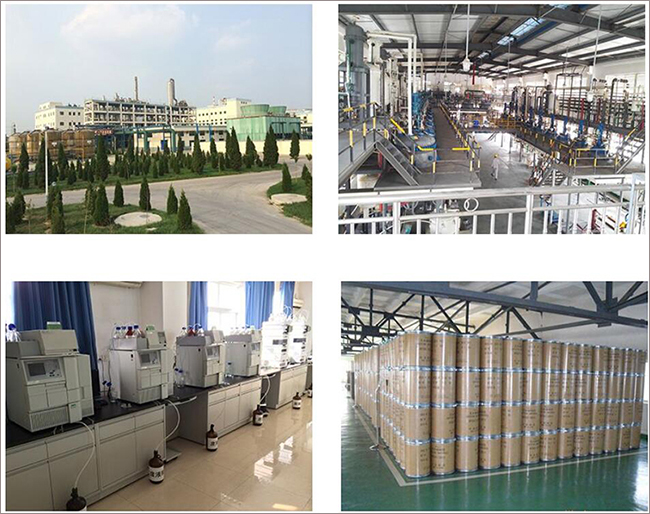
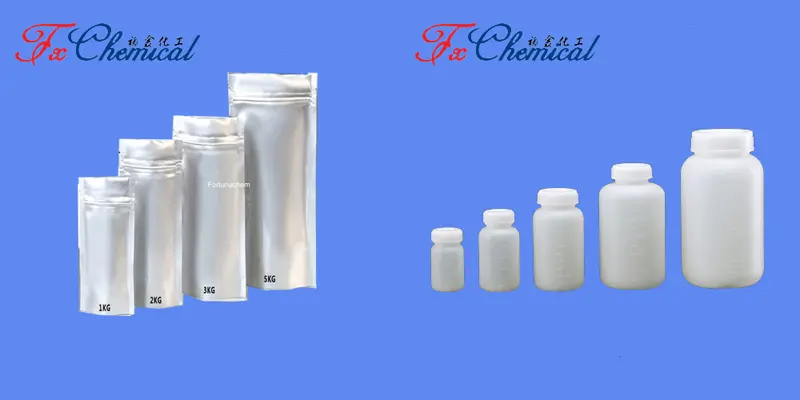
Coenzyme agents, which participates in energy metabolism and material metabolism in the body. It is conducive to cell repair and renewal, and used for the treatment of coronary heart disease, myocarditis, leukopenia and other diseases.


Fortunachem Provides Not Only Professional Chemical Products But Also Professional Help
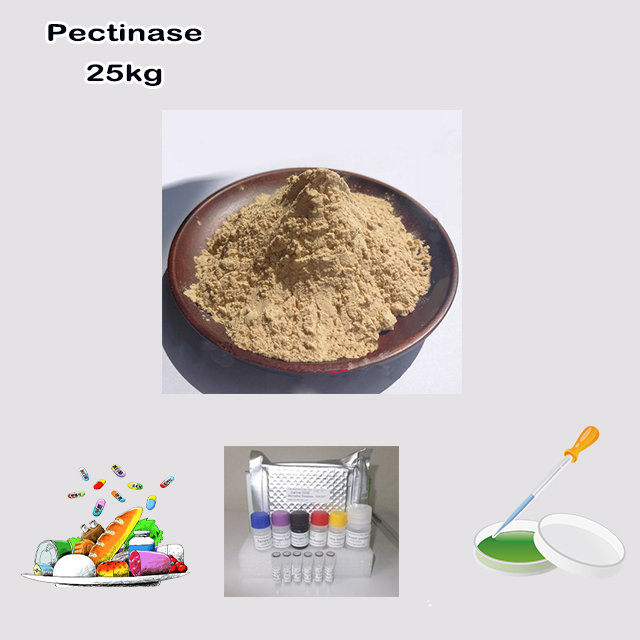
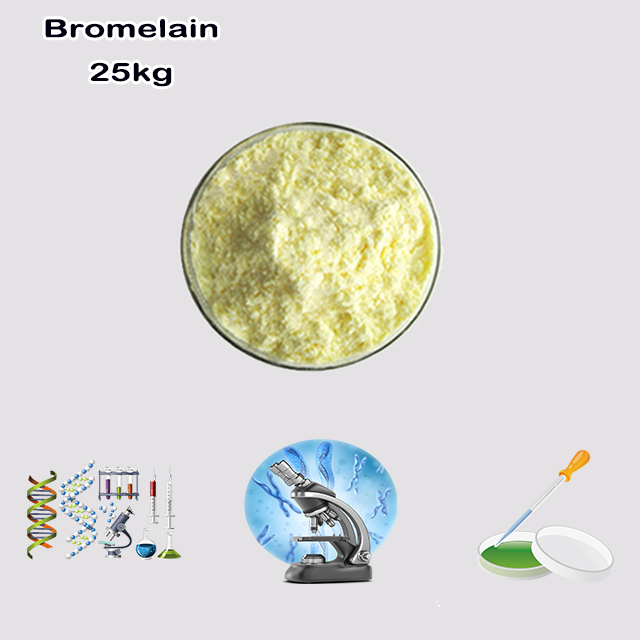
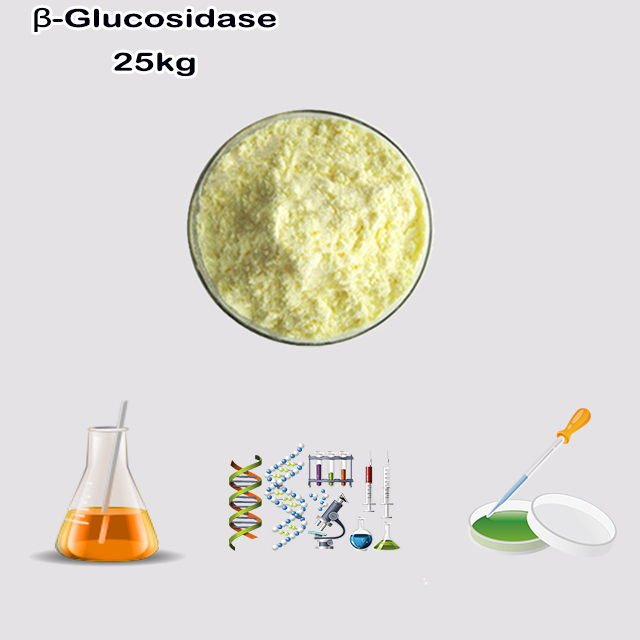
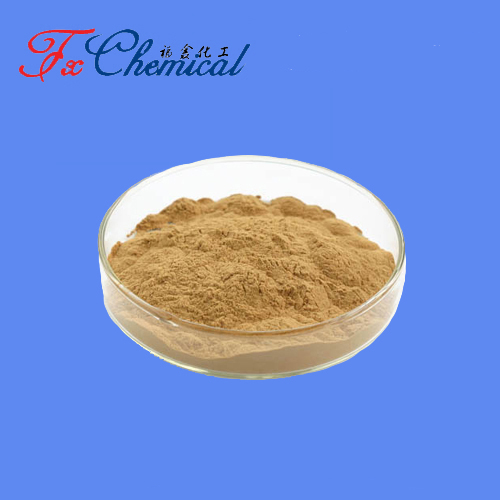
Keeping you up-to-date with all the latest information, news, and events about Fortunachem!
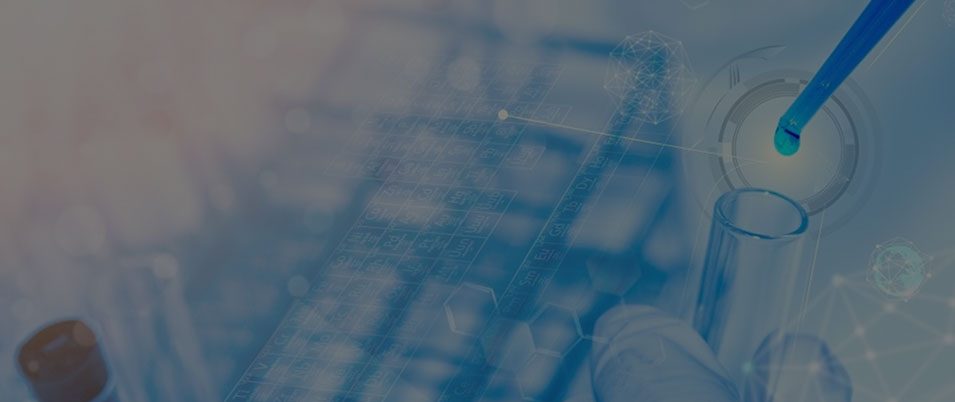
Quick Links
Add:
E-mail:
 English
English  Español
Español  français
français  العربية
العربية 